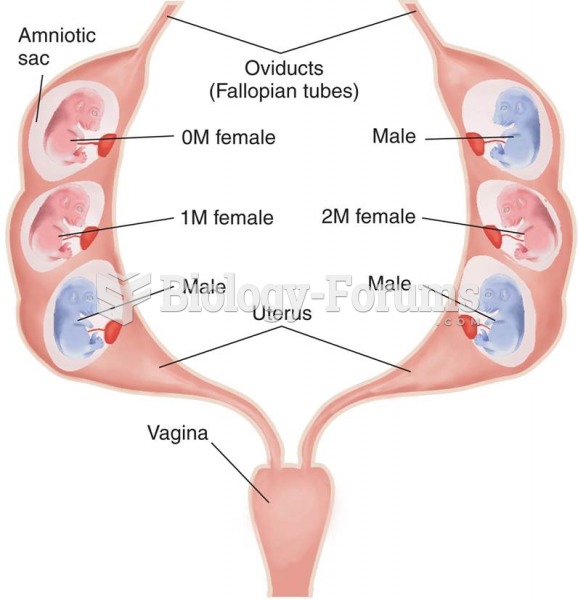Answer to Question 1
Venus of Willendorf is a prehistoric statuette found near a town of the same name in present-day Austria. Small in scale, less than five inches tall, it appears to be a fertility object meant to be carried around as an amulet or a good-luck charm. Only the features associated with childbearing are stressed such as the large belly, sagging breasts, and defined pubic area. Lack of facial features and feet suggest all this statuette could do was bear and nurture children. Associated with a small group of islands in the Aegean Sea is the Cycladic culture, and almost all Cycladic art consists of nude female figures like the Statuette of a Woman. Unlike the full-bodied Venus sculptures, this one is larger in size, almost two feet in height; more abstract; and composed of geometric lines and shapes. Presumably these also were meant to be fertility images, although they are dramatically different from the fleshier Venuses in size and form.
Answer to Question 2
Drawing on Egyptian stylistic presentation of the body, the Greek Archaic period produced stiff, rectangular-shaped frontal figures, symmetrically balanced with a degree of naturalism. Sculptures were typically of young males called kouros. The Greek concern with lifelike representation is evident in the Classical style of a bronze statue, Warrior A, an idealized, virile male body, a form distilled from athletic physiques. The sculpture exhibits negative spatial areas, and the body presents the distinctive contrapposto pose, which sets the line dynamic in a gentle S-shaped curve through a play of opposites. As the spread of Greek culture moved eastward, sculpture developed in several stylistic directions, one being a continuing classical style as seen in the Aphrodite of Melos, emphasizing symmetrical balance and restraint in a closed sculptural form.






